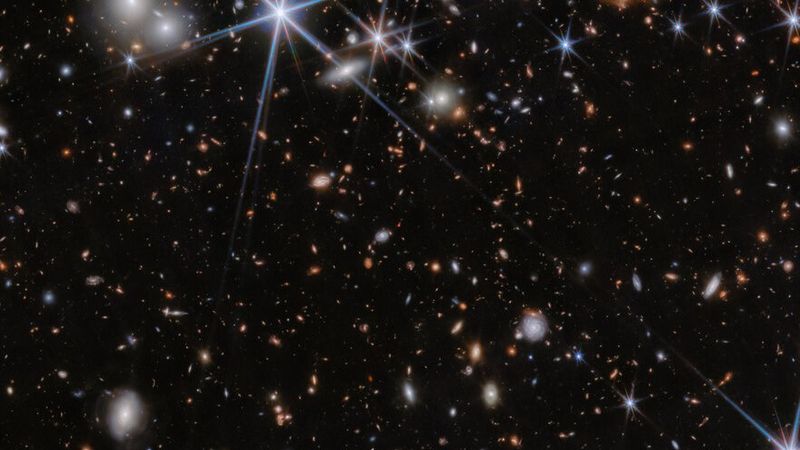About every 15 years, the RS Ophiuchi star system goes nova. Suddenly it becomes much brighter, as plasma is thrown out of the system at high speed. Knowing its regular behavior and thanks to two quick gamma-ray telescopes, astronomers were able to study the explosion in detail. And discovered that these events are a source of cosmic rays.
But let’s take a step back and talk about RS Ophiuchi in general and not just in that particular moment. The system is made of two stars, a large red giant whose outer layers are loosely bound to it and a tiny and dense white dwarf, the degenerate core of a former red giant. The two objects are in a parasitic relationship.
The white dwarf steals material from the red giant. This process might one day push the white dwarf beyond a certain mass limit and turn it into a supernova, which would destroy the star, but the system is not there yet. The material – as it is stolen – gets heated and can generate a thermonuclear explosion on the surface of the white dwarf. The explosion is what we call a nova. The system, usually only visible with a telescope, becomes bright enough to be seen with the naked eye.
As reported in Nature Astronomy, the explosion makes the white dwarf 100,000 times brighter than our Sun, and the accreting material is pushed out. Using the MAGIC (Major Atmospheric Gamma Imaging Cherenkov) telescopes, researchers have been able to track the nova from August 8, 2021 and see that the explosion had accelerated many protons to close to the speed of light.
“This also makes nova outbursts a source of cosmic rays,” co-author David Green, a scientist at the Max Planck Institute for Physics, said in a statement. “However, they tend to play the role of local heroes – meaning to only contribute to the cosmic rays in the close neighborhood. The big players for cosmic rays are supernova remnants. The shock fronts created from stellar explosions are far more violent compared to novae.”
While supernovae can send cosmic rays across the galaxy, novae appear to affect a volume of about 30 light-years around them.
The finding gives new insight into these energetic events and was made possible thanks to the MAGIC telescopes located in the Canary Islands.
“The spectacular eruption of the RS Ophiuchi shows that the MAGIC telescopes' fast response really pays off: It takes them no more than 30 seconds to move to a new target,” explained Green.




